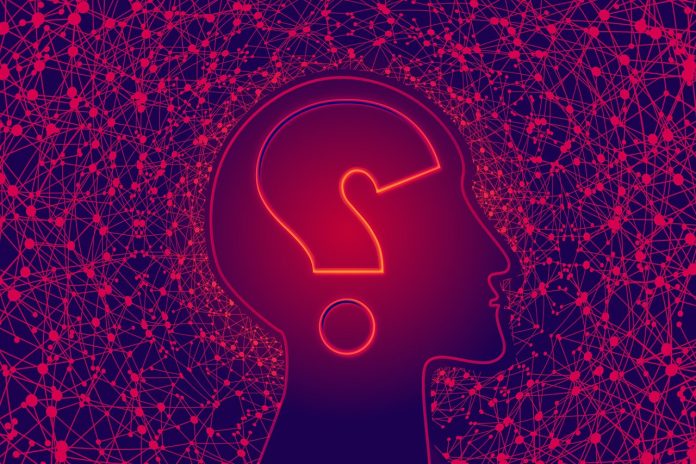[ad_1]
Demystifying Computer Vision: How It Works and Its Real-World Applications
Computer Vision is a branch of artificial intelligence (AI) that aims to give computers the ability to see and understand the visual world just like humans do. It involves processing and analyzing digital images and videos to extract meaningful information and make decisions based on that information. The field of computer vision has advanced rapidly in recent years, and its applications have become increasingly prevalent in our daily lives.
So, how does computer vision work? At its core, computer vision relies on three main components: image acquisition, image processing, and interpretation.
Image acquisition refers to the process of capturing images or videos using cameras or other sensors. The quality of the acquired images plays a crucial role in the subsequent steps of computer vision. It is essential to have clear and well-illuminated images to ensure accurate analysis and interpretation.
Once the images are acquired, they undergo several image processing techniques to enhance their quality and extract relevant features. This includes noise reduction, image sharpening, color enhancement, and various filtering methods. Image processing algorithms also help in segmenting images into different regions, identifying objects, and tracking their movements over time.
The interpretation stage is where the real intelligence of computer vision comes into play. Artificial neural networks and machine learning algorithms are used to analyze the processed images and make sense of the information contained within them. These algorithms are trained on large datasets, allowing them to recognize patterns, objects, and understand context. Object detection, object recognition, and object tracking are some of the common tasks performed in the interpretation phase.
Now let’s explore some of the real-world applications where computer vision is making a significant impact:
1. Autonomous Vehicles: Computer vision is a critical component in self-driving cars or autonomous vehicles. It helps the vehicle perceive and understand the surrounding environment, detect objects such as pedestrians, cyclists, and other vehicles, and make decisions accordingly.
2. Healthcare: Computer vision is used in medical diagnostics, assisting doctors in detecting diseases and abnormalities from medical images such as X-rays, CT scans, and MRIs. It can also be employed in surgery to enhance precision and accuracy.
3. Manufacturing: Computer vision plays a crucial role in quality control and inspection processes in manufacturing industries. It can detect defects and anomalies in products, ensuring that only high-quality items reach the market.
4. Augmented Reality (AR) and Virtual Reality (VR): Computer vision is responsible for the seamless integration of virtual objects with real-world scenes in AR and VR applications. It enables accurate tracking of the user’s location and movements, allowing virtual objects to interact realistically with the real world.
5. Surveillance and Security: Computer vision is extensively used in video surveillance systems for person and object detection, tracking suspicious activities, and monitoring crowded areas. It aids in enhancing security and public safety.
6. Retail: Computer vision is transforming the retail industry by providing personalized shopping experiences. It can understand customer preferences, track their movements within stores, and analyze buying patterns to offer tailored recommendations.
Computer vision has opened up a world of possibilities across various industries, revolutionizing the way we interact with technology and the world around us. As the technology continues to advance, we can expect even more sophisticated and innovative applications that will shape the future of computer vision.
[ad_2]

